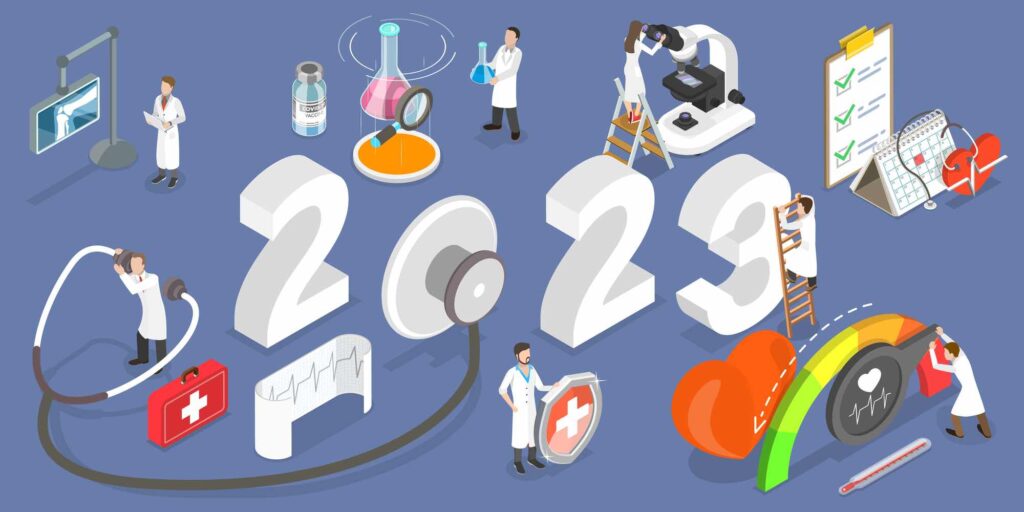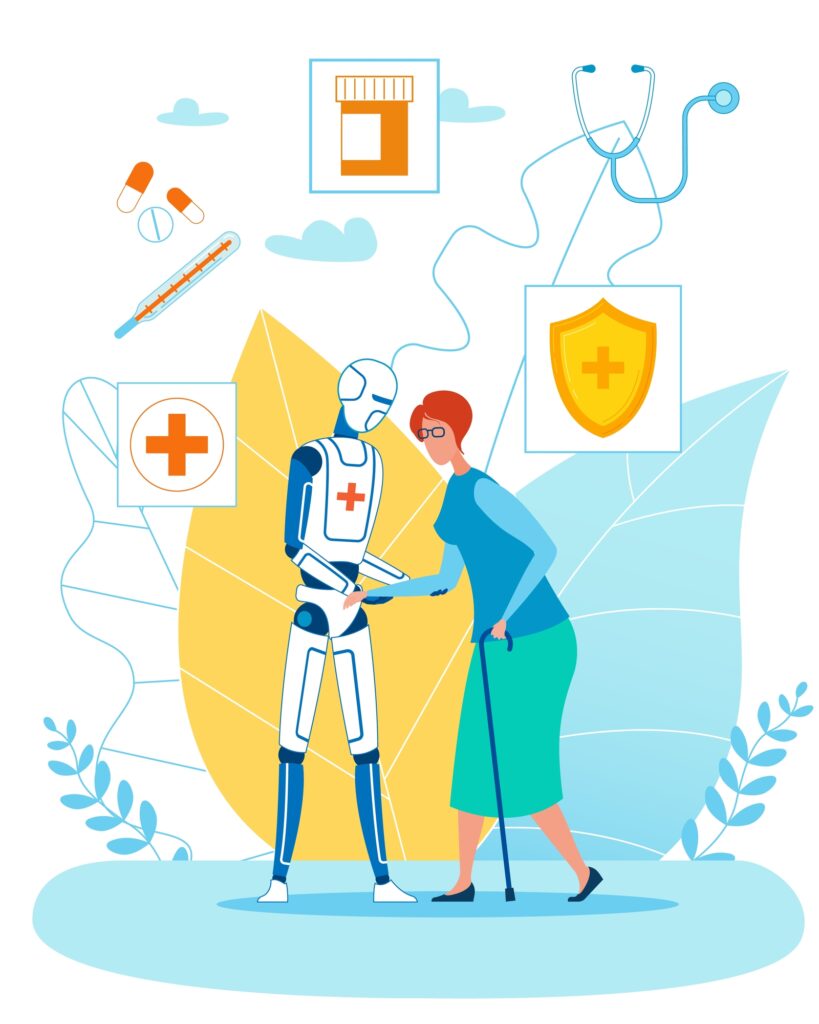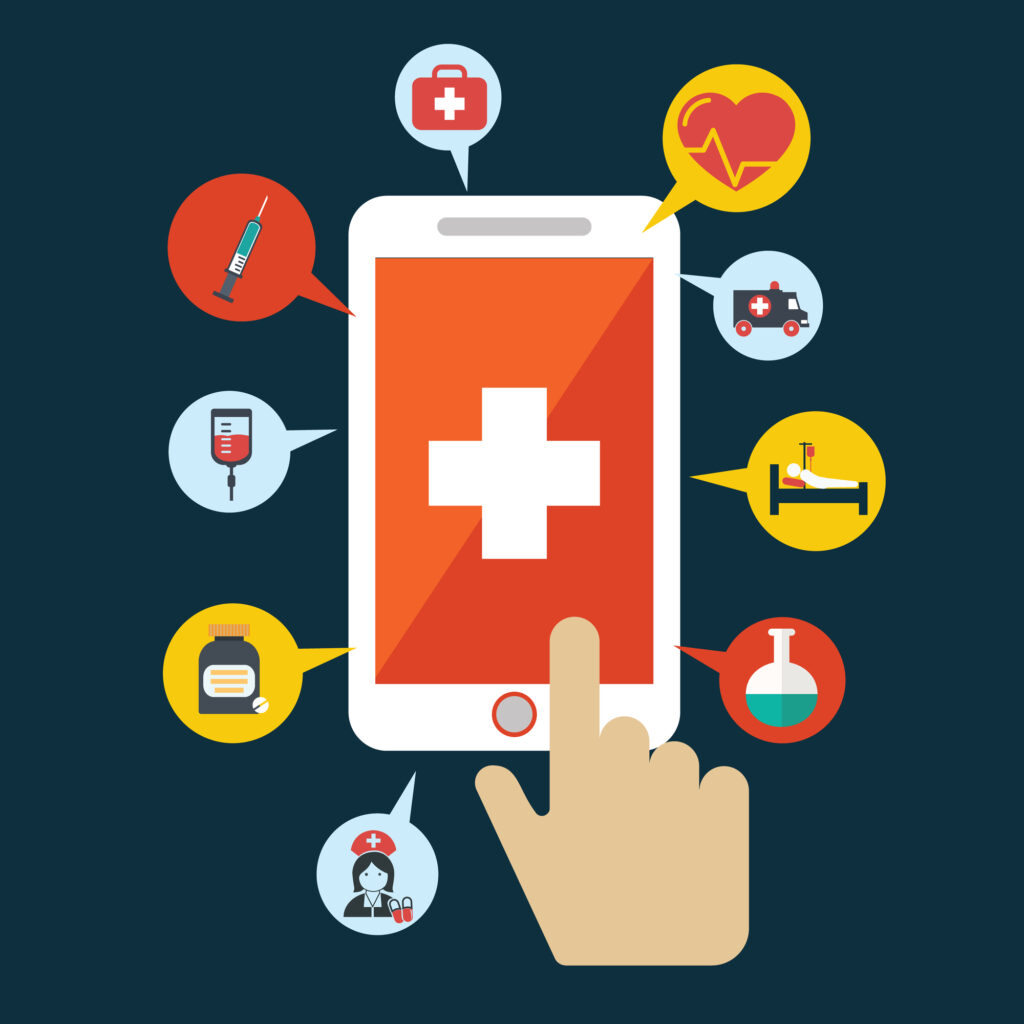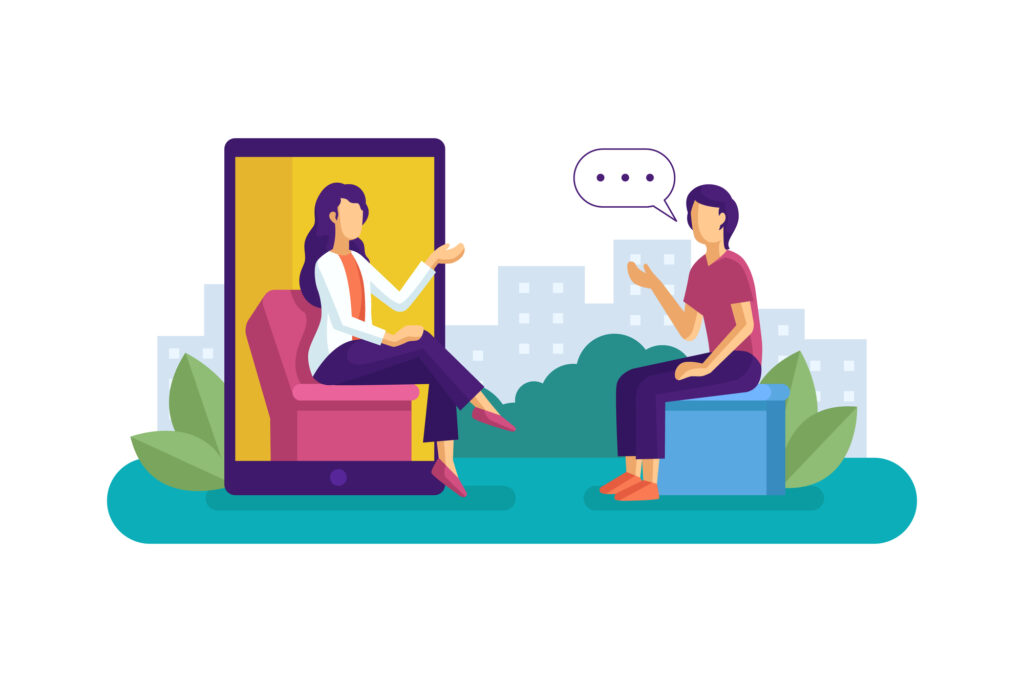Have you ever switched from an Apple iPhone to a Samsung or other Google based phone, or vice versa? It looks familiar, but it’s just different enough to be confusing. I know… I’ve done it. Work issued iPhone, personal Samsung phone. I was able to turn my iPhone notification to vibrate when I first got it… For the next 5 years I could not turn any notification sound on. I’m not new to smart phones, but I’ve always had a Samsung, the IOS screen looks familiar, but it just doesn’t work the same. I only used the work phone for texting and phone calls, everything else was my personal phone, good thing my scrubs had two pockets.
Websites and apps can experience similar issues with back-end functionality. With the patients, visitors and employees all having different smart-phones, ensuring a seamless end-user experience can be more important than ever. Developing a website or app for a Windows based system may not be able to viewed in the Apple ecosystem.
Everything from way-finding apps, employee intranet sites, public websites, to patient access apps all need to be customized to ensure an end-user experience that is accessible and usable. Imagine telling a patient “there’s an app for that!” only to have them frustrated when they can’t access the information they were directed to. It doesn’t provide a good experience for the patient that can negatively impact things as serious as missing important appointments, to just experiencing un-warranted stress when trying to get to an appointment. Is a patient going to rate you 5 stars if they can’t find the doctor?
Similarly for employees, frustrations can abound when apps are not optimized for different mobile devices. Apps for time and attendance, intranet sites for policies and procedures, are all often made accessible for employees to use on their mobile devices. Apps and sites that are not optimized for their device can frustrate staff trying to request a vacation, or trying to look up policies for titrating insulin drips.
Accessibility in the physical world is important for healthcare, it is just as important in the digital age to have accessibility online as well. Ramifications can be a minor inconvenience or a major frustration. More and more information resources are moved online to save paper and ensure the most up-to-date information is being used, having access is vital to smooth patient experience and care.
How do you test apps and mobile sites for compatibility against thousands of different versions of mobile devices? Ten thousand engineers typing on ten thousand phones for ten thousand years? That might work, or you might get a mobile friendly version of Shakespeare. Hope you have a good IT recruiter!
Automated testing at every stage of development can help ensure accessibility is maintained across desktops and mobile devices. For over 10 years Tido Inc has partnered with hospitals and health systems to provide automated mobile and web testing at every stage of development. Ensuring minimal issues on launch, and faster development times. Contact us today to see how we can help, from development of custom apps and intranet sites, we can extend your IT teams when you need.



